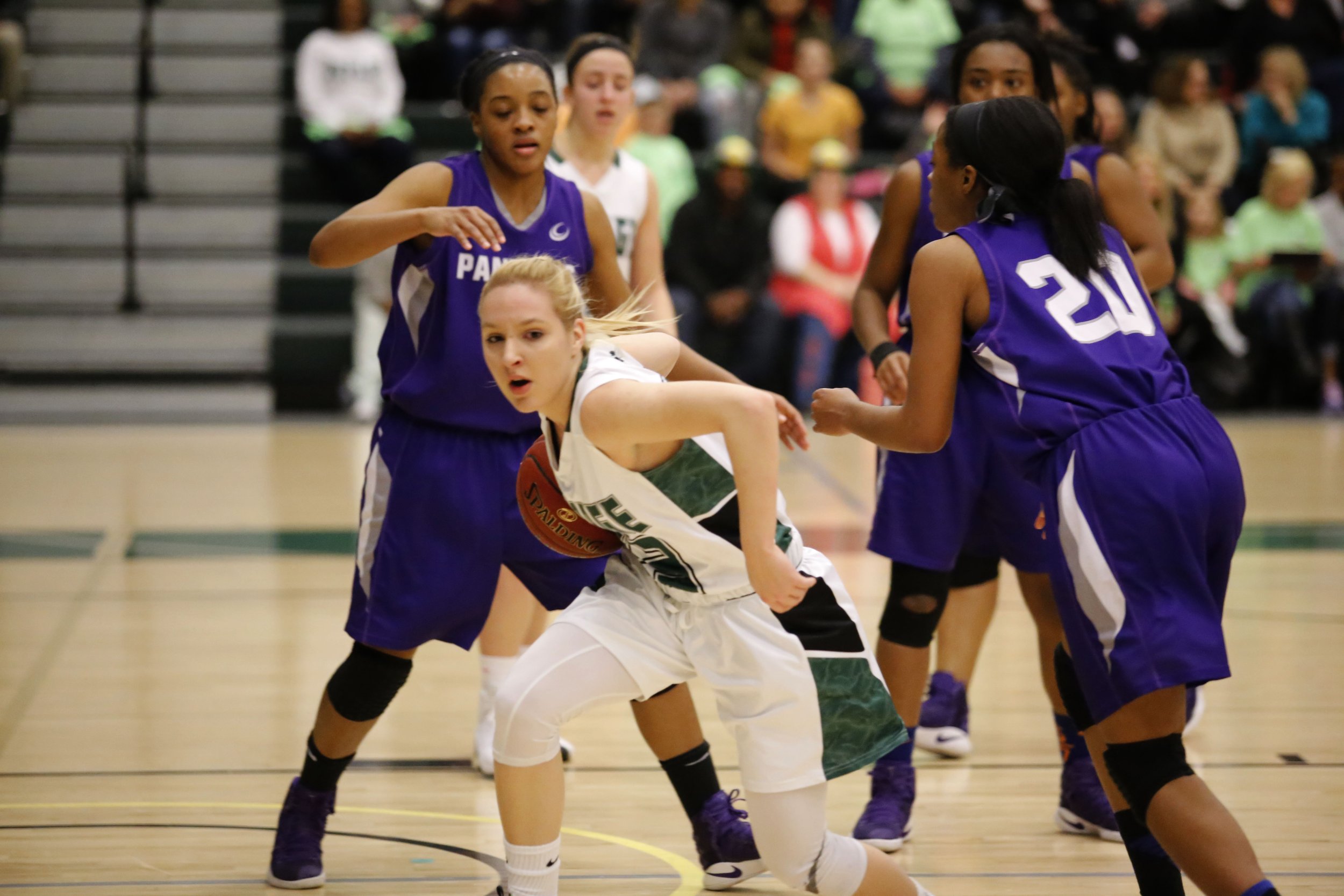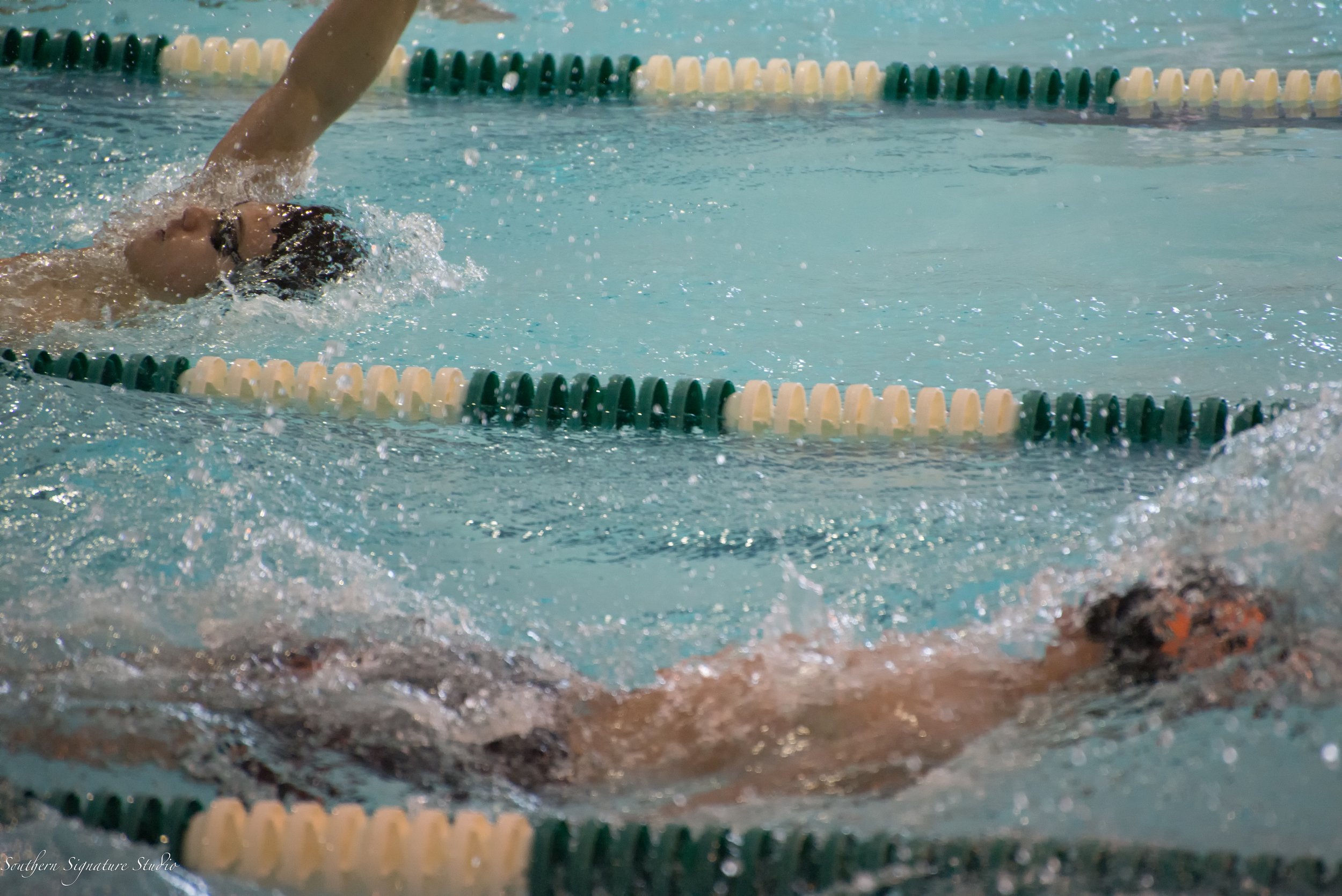Signing Day and Choosing your School
Committing to college to play sports is a very big deal, but it is not the same thing as a college signing. When you sign a letter of intent, you are a claiming a scholarship offer for the upcoming year. It is the moment when your college future becomes real. Signing with a school is made possible with the creation of the “National Letter of Intent” (NLI) which is today a rite of passage in the recruiting world.
The NCAA specifically has different periods of time where athletes can sign letters of intent. Although a verbal commitment can almost happen anytime, signing can only happen at the designated periods. Here is a general timeline for different sports signing periods:
Note: Official dates may vary on an annual basis
D1 Basketball (early signing period): early November – middle of November
D1 Basketball (regular signing period): middle of April – middle of May
D1 Football (early signing period): middle of December
D1/D2 Football (JUCO Transfer period): middle of December – middle of January
D1/D2 Football (regular signing period): early February – early April; *early August for D2*
Other D1/D2 Sports (regular signing period): early November – early August
Signing Day
The first day of the signing period is typically regarded as “National Signing Day”. You are not obligated to sign on that particular day, but many recruits will celebrate their college decision by signing at that time.
The actual signing period is not unlike signing any other official document. Most recruits will be signing along with their parent or guardian for the entirety of the NLI documentation. There is no obligation to sign on the actual signing day, but if you wait too long, many coaches will feel the pressure to sign someone else for that roster spot and your potential offers could begin to dwindle.
Special notes about the Signing Period
Signing periods have changed in recent years. The timetable for all sports beyond basketball and football is now a signing window that opens in November and continues on into the spring. This means that recruits at the top of those sports will be able to make decisions sooner and programs beyond D1 will recruit more aggressively as well. The trickle-down effect of recruiting is such where the most highly touted recruits essentially go first so other colleges know who they should focus on. The new signing period rules will speed up the pace that recruits commit, making it more important that you do the research to have a good idea of where you want to go entering your senior year.
What exactly is the NLI document?
The NLI (National Letter of Intent) document is a contractual agreement for a college to offer you scholarship to play the sport. Many recruits will not sign NLIs because they do not get athletic scholarship aid. There are some stipulations on how it is sent and when, but ultimately it will become a legally binding contract since money will be exchanging between you and the college. There is actually a seven day time limit for recruits to sign a letter of intent. So if you wait too long from the time it is issued then it will no longer be valid.
The NLI is a commitment to the college, and from them to you for the upcoming academic year. However once you sign it once you do not need to sign again. The college will simply let you know if your scholarship will be renewed. What is most important is that after you sign, other schools can also no longer recruit you, and for them to continue to do so is a rules violation.
Always be certain to consider the college’s education, your campus experience, your athletic experience, and the financial amount before signing an NLI. Because it is a binding contract, you will not be able to easily get out of it if you change your mind.
What are the benefits to signing early?
Almost every sport has some form of an early signing period. As the name suggests you are choosing your college at one of the earliest opportunities for you to sign an NLI. The reasons to sign early vary, but quite simply recruiting is a long and arduous process. If you sign early, typically it is because you have put in the work to determine that this is the right school for you. Starting your process early, means you should be able to answer the questions you have to make a good decision. For any athlete who is not being offered full scholarships across the board, signing early is often required to get maximum athletic scholarship dollars. The longer you wait to sign, the more pressure coaches will feel to offer money to other recruits.
Coach Rob’s Note: If a coach offers you early, and you commit but do not sign, you are essentially turning down the scholarship offer. In most cases they will begin looking at other recruits more seriously and be hesitant to wait for you to make your decision.
Coach Rob’s Note: Don’t go under-recruited! I put in the hard work for you to know exactly which colleges already want to recruit you, which ones will view you as a top recruit, and how to get their attention. Book a meeting with me, Coach Rob, and see how easy it can be to get the offers you deserve!
Why do some recruits enroll early?
Early enrollment is primarily done in Division 1 football. This allow for recruits to graduate high school early and start college the spring prior to the upcoming fall. Once they are enrolled, you are a college student and you will be forfeiting the remainder of your high school career. This is primarily done to help football players get acclimated to college football so that they can contribute as freshmen. The practice is rare in other sports, and also requires scholarship money to cover it. Therefore it is unlikely that most sports will join in because basketball seasons run through the winter and spring semesters, while other sports often do not offer enough scholarship money to cover an early enrolled recruit.
How to get out of your NLI
Some recruits will change their minds after signing, but it is a bit complicated to get out of an NLI. The coach will have to grant you a release and they can choose not to do so. When coaches leave before the recruit enrolls it is generally a motivator for a release to be requested. Without the release your eligibility will be called into question and you risk losing a year of competition eligibility.
However, if you are simply denied admission to the college, the NLI no longer applies. Likewise if the college discontinues your sport’s team, you will be automatically released. The common reason NLIs are not followed through on, is when a recruit is deemed ineligible academically. However, that would also make them unable to compete anywhere else as well.
Coach Rob is a recruiting expert and the Founder of SCA Recruiting. He is also the author of the book Winning the Ship: How to Win the College Athlete Recruitment Game. Available now on Amazon.

“93% OF HS ATHLETES DON’T PLAY IN COLLEGE… BUT I WILL HELP YOU BEAT THOSE ODDS. I GUARANTEE IT.”


